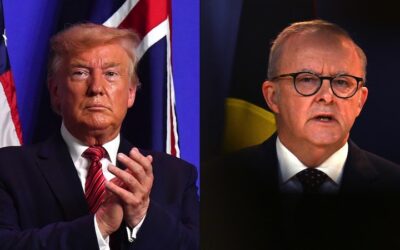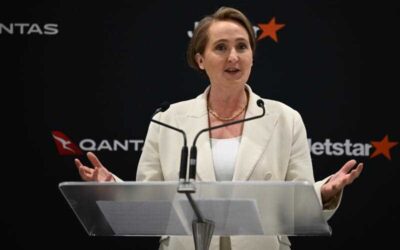The coalition will use higher income taxes to help pay for its pledge to dramatically boost defence spending, but it remains coy on key details like where the money will go.
Opposition Leader Peter Dutton on Wednesday unveiled a long-awaited plan to increase spending on national security, pledging an extra $21 billion over the coming five years.
The funding would lift the nation’s defence outlay to 2.5 per cent of Australia’s gross domestic product.
Spending would then increase to three per cent of GDP within the decade, in line with the figure the United States has called for allies to spend.
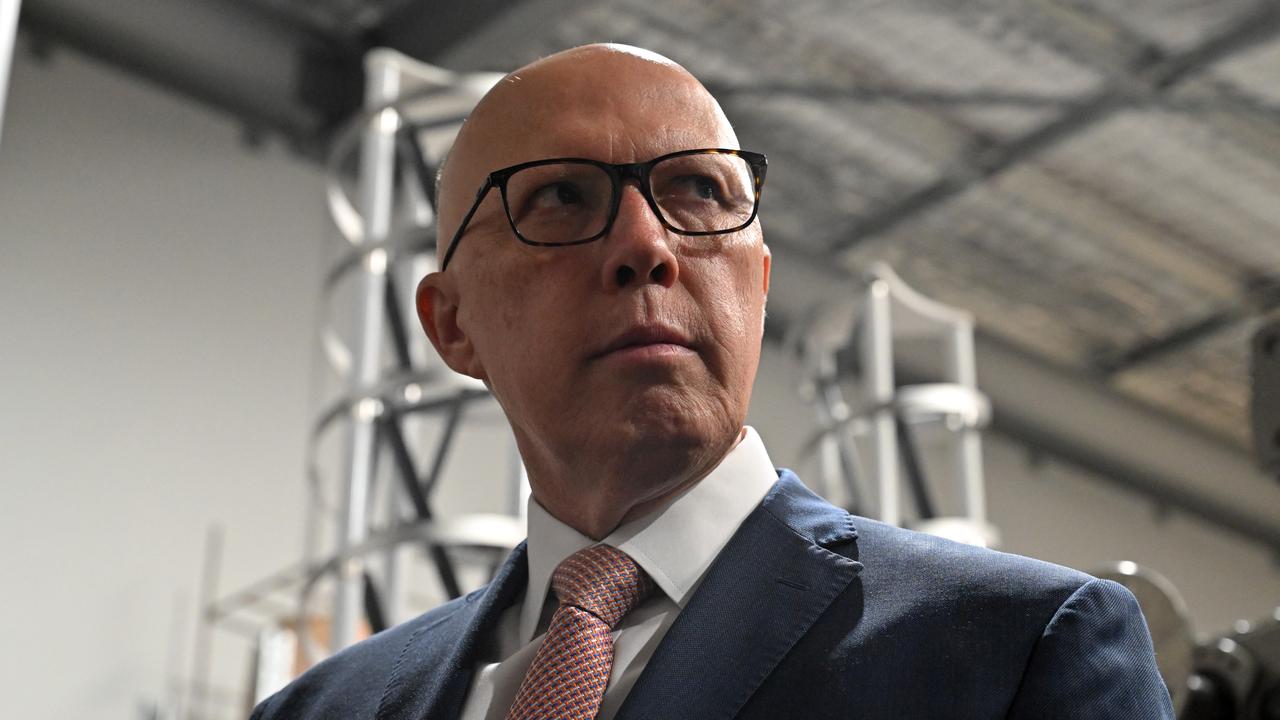
The money will be used to reinstate a fourth joint strike fighter squadron.
Drones, guided weapons, munitions and cyber capabilities would be included, though Mr Dutton cautioned, “we are not announcing procurement contracts from opposition”.
“It will be an important expenditure because we need to keep our country safe and if we’re to preserve peace and stability in our region,” he told reporters in Perth.
But the full details of how the increase would be funded or where the money would be spent are yet to be revealed.
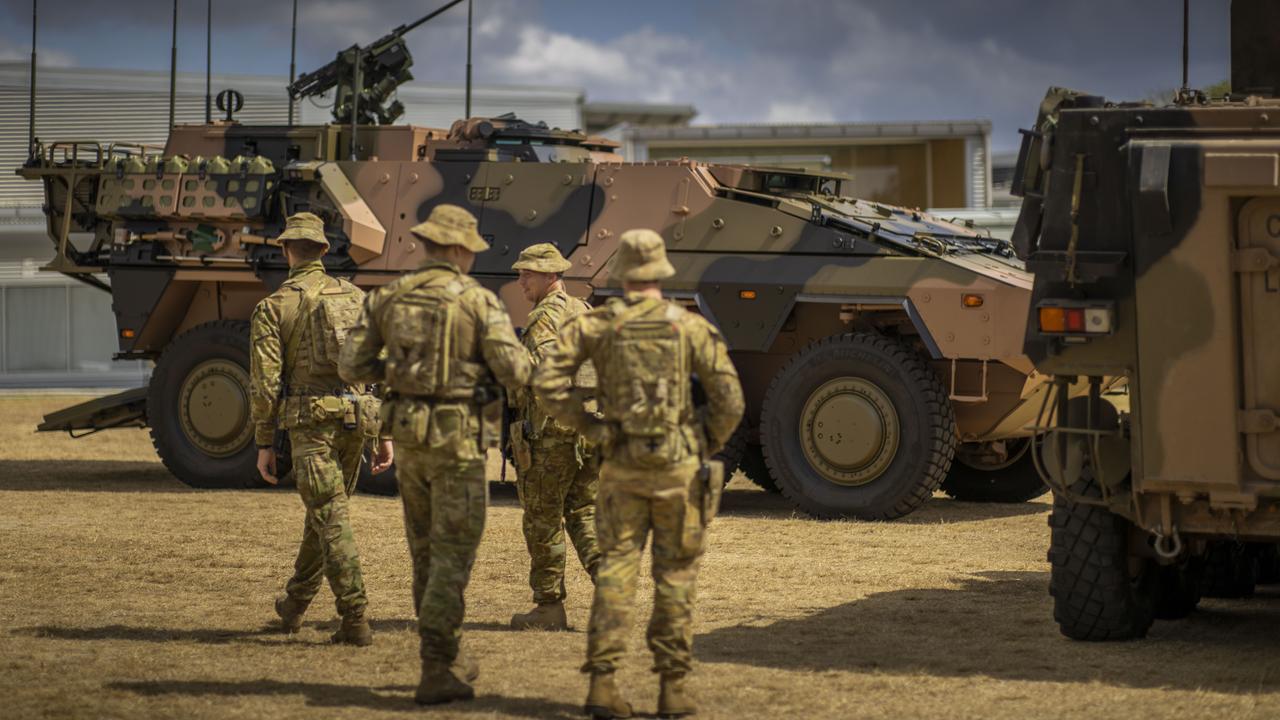
Labor has questioned how the coalition will pay for the $21 billion additional spend as it had not released its costing as punters hit the polls for early voting.
“Plucking a number out of thin air without explaining how you’re going to raise that and what you’re actually going to spend it on, that’s not defence policy,” Defence Minister Richard Marles said.
Labor’s plan is for defence spending to rise to 2.4 per cent of GDP over a decade, accounting for an additional $57.6 billion, according to government figures.
Yearly defence spending will eclipse $100 billion by the 2033/34 financial year.
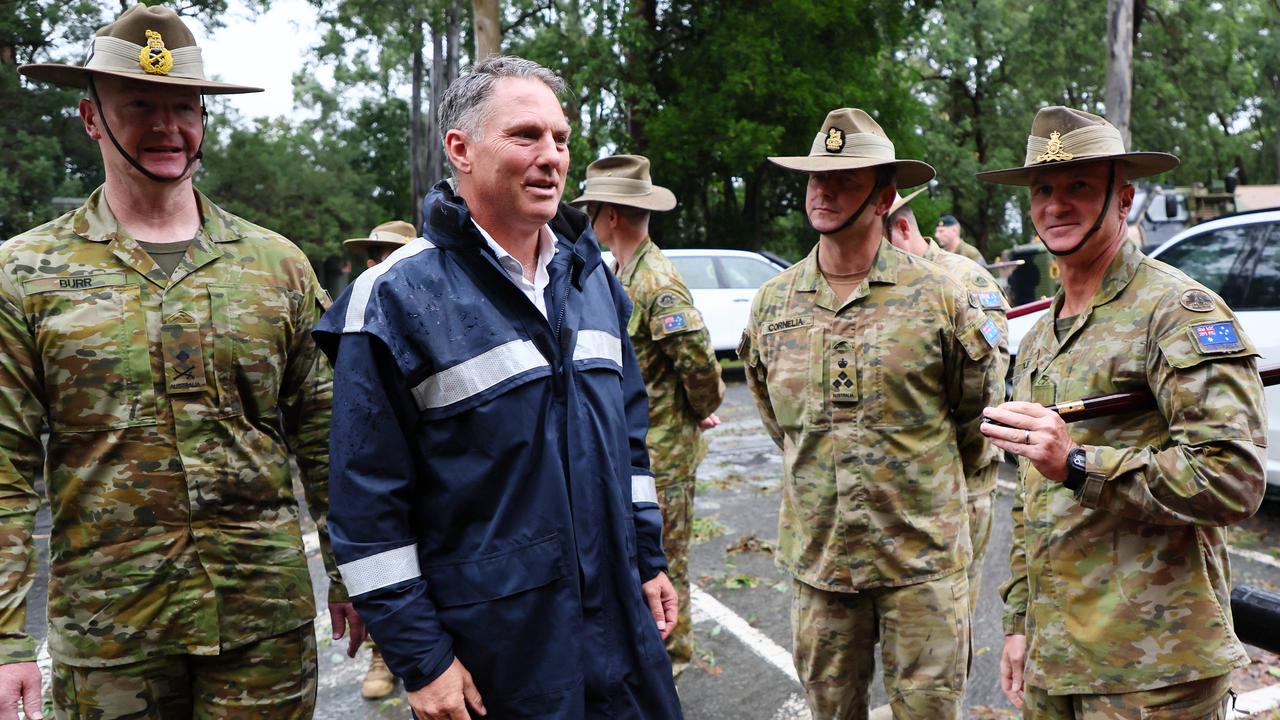
An increased budget was a good thing but numbers shouldn’t necessarily be tied to a target plucked out by an American defence official, national security analyst David Andrews said.
It’s in reference to Trump administration official Elbridge Colby saying he wanted Australia to increase spending to three per cent of GDP during a confirmation hearing for a senior Pentagon post in March.
“I don’t discount the ambition, I don’t necessarily think it’s useful to peg our funding ambitions to comments from Trump officials,” Mr Andrews told AAP.
“I’m sure he has a basis for making that assessment but we need to be doing what’s necessary for Australia’s defence.”
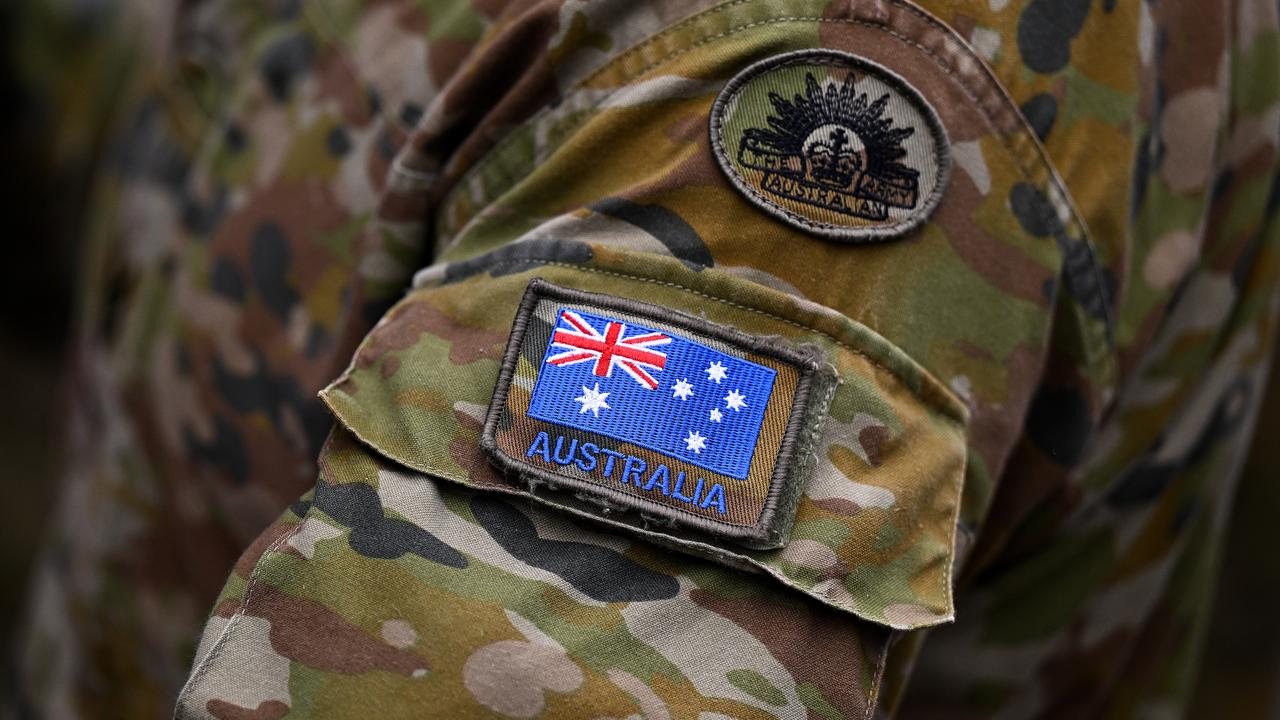
Mr Dutton didn’t deny the three per cent figure came from the Trump administration when pressed, but he said the coalition was guided by budget figures on how much could be reasonably spent on defence.
He said not going ahead with Labor’s income tax cuts, which baked in foregone revenue, would help fund the defence increase by saving $17 billion over three years from when they are due to come into effect in 2026.
Coalition defence spokesman Andrew Hastie refused to say whether cuts would be needed in other areas to fund the increase.
“We’ll release our costings in due course but there will always be trade-offs when you’re making decisions of state,” he said.

Defence funding needed to be sustainable and greater tax reform could help achieve that goal, Mr Andrews said.
“I’m not sure you can cut your way to increasing defence spending,” he said.
The spend was achievable but there needed to be more detail about where it would go, maritime security specialist and defence analyst Jennifer Parker said.
More fighter jets would be nice to have but the priority needed to be on integrated air and missile defence to protect Australian bases and units as well as uncrewed systems, she said.
Australian Associated Press is the beating heart of Australian news. AAP is Australia’s only independent national newswire and has been delivering accurate, reliable and fast news content to the media industry, government and corporate sector for 85 years. We keep Australia informed.


